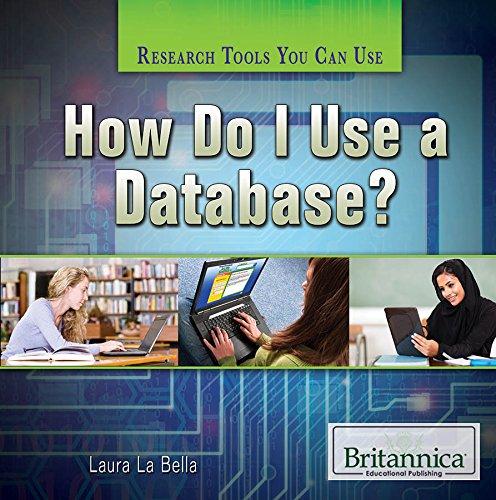Question
For this computer assignment, you are to write and implement a C++ program to find and print all prime numbers within a range [lower upper]
For this computer assignment, you are to write and implement a C++ program to find
and print all prime numbers within a range [lower upper] using the algorithm
known as the Sieve of Eratosthenes. The program will have basic interactive user
interface to take input values of lower and upper and allow the user to continue or
quit the game.
A prime number p is an integer greater than 1 that is divisible only by 1 and p
(itself). The algorithm begins by initializing a set to contain all of the integers in the
range lower to upper. Note that the smallest prime number is 2. If the value of
lower is less than 2, you need to adjust that. A loop makes multiple passes over the
elements in the set, using successive integer key values 2, 3, 4, Each pass
shakes free nonprime numbers and lets them filter through the sieve. At the end,
only the prime numbers remain.
Begin with the integer m = 2, which is the smallest prime number. The pass scans the
set and removes all multiples of 2, having the form 2*k for k 2. The multiples
cannot be prime numbers, because they are divisible by 2. At the end of the pass, we
have removed all of the even numbers except 2. Next, look at the integer m = 3, which
is a prime number. As with value 2, remove all multiples of 3, having the form 3*k
for k 3. The multiples 12, 18, and so forth, are even numbers, so they have
already been removed from the set. The next key integer is m = 4, which is no longer in
the set, because it was removed as a multiple of 2. The pass takes no action. The process
continues until it removes all multiples of prime numbers. In other words, for integer
m, remove all multiples of m, having the form m*k for k m. The numbers that
remain in the sieve are the prime numbers in the range lower to upper.
The algorithm uses an optimization feature by only looking at the key values for m
sqrt ( upper ). To implement this, test all numbers m such that m*m upper,
rather than computing the square root of upper.
assignment3.cc is provided to you at the directory:
/home/turing/mhou/public/csci340spring2018.
In this file, the main function is already implemented. You are required to implement the
following functions:
void sieve ( set < int >& s, const int lower, const
int upper ) : This routine can be used to apply the Sieve of Eratosthenes
algorithm to remove all nonprime numbers from the integer set s = {
lower, , upper }.
void print_primes ( const set < int >& s, const int
lower, const int upper ) : This routine can be used to print the
Sieve of Eratosthenes
2
elements in the integer set s (NO_ITEMS = 6 primes per line and ITEM_W
= 4 spaces allocated for each prime).
void run_game ( set
inputs from a user. The user will be asked for the range of the prime numbers.
If the range is not valid, e.g. lower is greater than upper, the user will be
asked to input again. The routine will invoke sieve() and
print_primes(). Once the results are displayed, the user will be asked
whether to continue or quit the game. In case of continuing the game, the
user will be asked for values of the range again. The game continues until the
user requests to stop.
Programming Notes:
You are required to use the set container to store the prime numbers. In STL, a
set is implemented as an associative container, and duplicate keys are not allowed.
Include any necessary headers and add necessary global constants.
You are not allowed to use any I/O functions from the C library, such as scanf or
printf. Instead, use the I/O functions from the C++ library, such as cin or
cout.
void sieve( set
}
void print_primes( const set
}
void run_game(set
}
int main() {
set
run_game(s);
return 0;
}
Output:
Please input lower bound and upper bound and hit enter (e.g. 10 100):
There are 25 prime numbers between 1 and 100:
2 3 5 7 11 13
17 19 23 29 31 37
41 43 47 53 59 61
67 71 73 79 83 89
97
Do you want to continue or not? Please answer yes or no and hit enter:
Please input lower bound and upper bound and hit enter (e.g. 10 100):
There are 5 prime numbers between 30 and 50:
31 37 41 43 47
Do you want to continue or not? Please answer yes or no and hit enter:
Please input lower bound and upper bound and hit enter (e.g. 10 100):
There are 32 prime numbers between 200 and 400:
211 223 227 229 233 239
241 251 257 263 269 271
277 281 283 293 307 311
313 317 331 337 347 349
353 359 367 373 379 383
389 397
Do you want to continue or not? Please answer yes or no and hit enter:
____________________________________________________________________________________________
keyboard input:
1 100
yes
30 50
yes
200 400
no
Step by Step Solution
There are 3 Steps involved in it
Step: 1

Get Instant Access to Expert-Tailored Solutions
See step-by-step solutions with expert insights and AI powered tools for academic success
Step: 2

Step: 3

Ace Your Homework with AI
Get the answers you need in no time with our AI-driven, step-by-step assistance
Get Started


